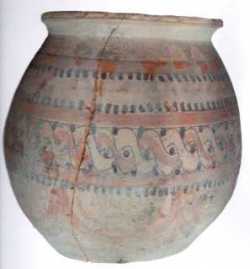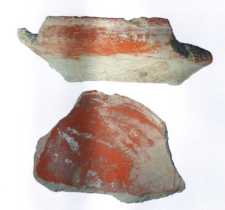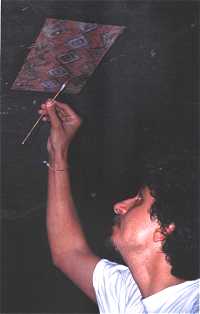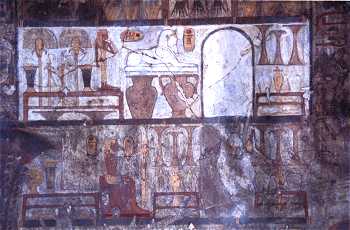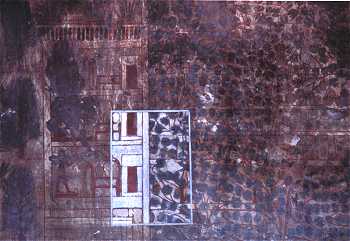|
L' Univérsité Libre de Bruxelles and the Belgian National Fund for Scientific Research advanced needed funds for this important work that remained partly unpublished yet. A parallel study was established between tombs TT29 and TT96A as both owners had second tombs in the Valley of the Kings. Archaeological work, thoroughly conducted by the acting team, concentrated on the clearance of the courtyard in TT29 where four levels have significant indications. Level I show remains of a sub-modern house. Level II, where Coptic remains was found, revealed well preserved ostracas and pottery fragments. |
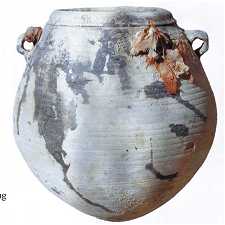 Fieldwork started under
the direction of Prof. Dr. Roland TEFNIN, Free University of Brussels, as from
1st Oct to 31st Oct 1999 and from 9th January to 11th February 2000 aiming tombs
of high ranked officials Sennefer TT96 A and TT29 of Amenhotep located in Sheikh
Abdel Gourna, Luxor. The two high officials under the reign of Amenhotep II
revealed two shafts and a burial chamber as well as the original architecture of
the courtyard.
Fieldwork started under
the direction of Prof. Dr. Roland TEFNIN, Free University of Brussels, as from
1st Oct to 31st Oct 1999 and from 9th January to 11th February 2000 aiming tombs
of high ranked officials Sennefer TT96 A and TT29 of Amenhotep located in Sheikh
Abdel Gourna, Luxor. The two high officials under the reign of Amenhotep II
revealed two shafts and a burial chamber as well as the original architecture of
the courtyard.
